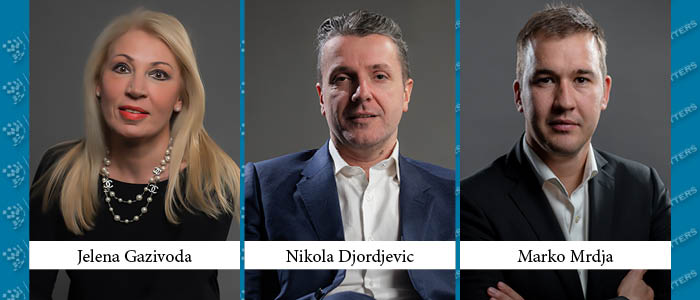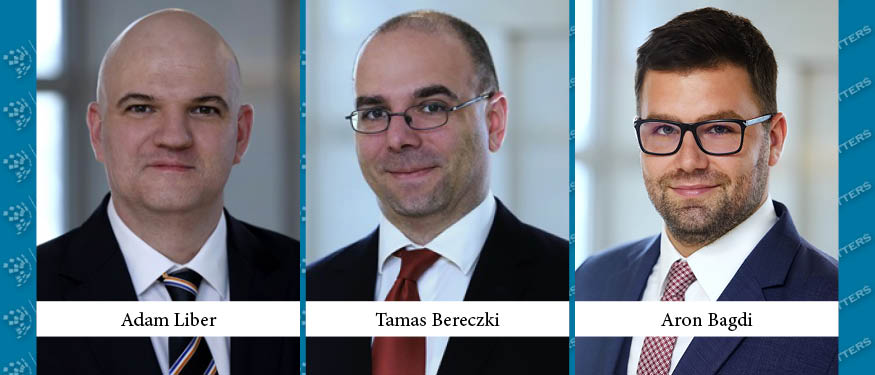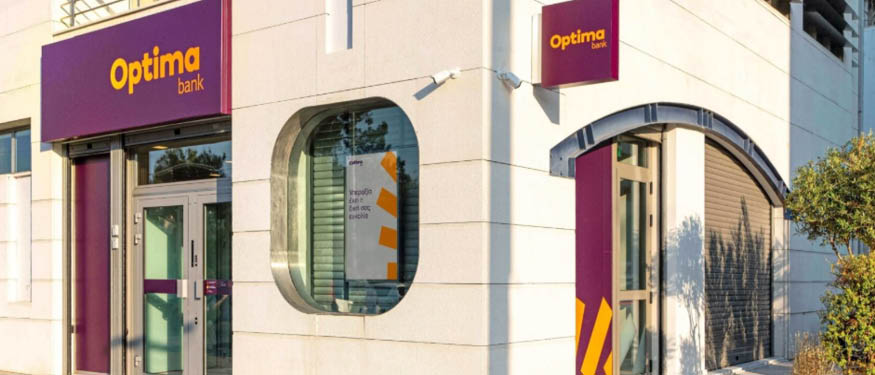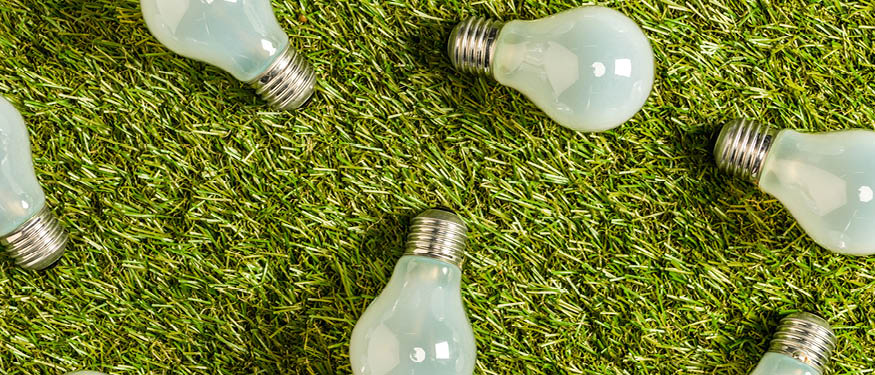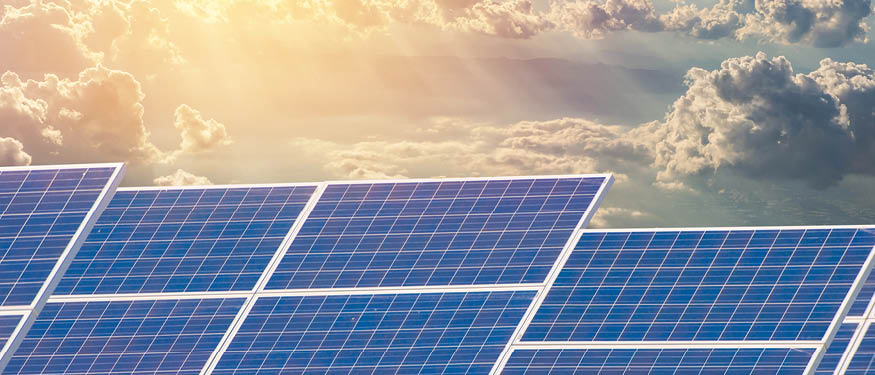The Serbian energy market is characterized by a strong reliance on coal, while aiming to significantly increase the share of renewable energy sources (RES) in total electricity production. The Strategy on Energy Development until 2040 with the Projection until 2050 (Strategy), adopted in 2024, sets forth as its main goals: energy security, the decarbonization of the energy sector, environmental protection, improvement of energy efficiency, and the establishment of an economically competitive energy market. Serbia is now producing approximately 60% of its electricity from coal, with RES’s share in the total production portfolio targeted to increase to 45% by 2030 and 73% by 2040.
Serbia introduced incentives for the RES sector in the form of a market premium, granted through auctions. So far, two rounds of auctions have been held. In 2023, all offered quotas for wind power plants were allocated through auctions, while the quotas for solar power plants were partially allocated. In 2024, all quotas for both wind and solar power plants were allocated, including the unallocated quotas from previous auctions. Successful auctions were followed by numerous RES projects, such as the Krivaca (104 megawatts) and Pupin (94 megawatts) new wind power plants – both in probatory operation mode – and Cibuk 2 (155 megawatts), under construction.
Elektroprivreda Srbije (EPS) started construction of the Kostolac wind power plant (66 megawatts) and the Petka (9,75 megawatts) solar power plant. The ultimate goal for EPS is to achieve 1 gigawatt of production capacity in both wind and solar.
Thermal power plants are still the spine of Serbian electricity production. The plan is to put certain thermal power plants in reserve (and, as need arises, to reinitiate them) or to use them in a decreased capacity. By 2030, the old Kolubara A thermal power plant will be decommissioned, while Morava will be either decommissioned or put in reserve. TENT and Kostolac – given their importance to the energy sector – cannot be subject to these measures. However, they will have various filters installed by 2030 to decrease emissions. In terms of new thermal capacities, only block B3 in the Kostolac plant will be put into operation, with an installed capacity of 350 megawatts.
The hydro power plants are all owned by EPS, save for the SHP plant. EPS plans to perform a revitalization of Djerdap 2, Potpec, and Vlasina, with a slight increase in capacity. Future plans include the construction of new hydropower plants in Ibar (121 megawatts) and Morava (146 megawatts), as well as the joint construction of a power plant with Bosnia and Herzegovina on Drina (212 megawatts). The new reversible hydro power plant Bistrica (628 megawatts), which will additionally secure balancing capacity for new RES projects, is also in the pipeline.
With the Strategy in mind, investments in the transmission and distribution grid will also follow. One of the priorities is the construction of the Trans-Balkan Corridor and Pannonian Corridor (as part of international projects) and BeoGrid 2025 (as a domestic grid).
Serbia has an active and liquid electricity exchange – SEEPEX – which introduced an intraday market in addition to the already existing day-ahead market in 2023. At the same time, SEEPEX established ADEX with the Slovenian BSP Energy Exchange, creating a regional electricity exchange market. The Hungarian Power Exchange merged with ADEX as well.
In the natural gas sector, Serbia is highly dependent on Russian gas imported through the Turkish Stream. To diversify its supply routes, the new interconnector Nis-Dimitrovgrad, transporting gas from Azerbaijan, was put into operation last year. At the same time, Serbia plans the construction of new interconnections with Romania and North Macedonia. In the Greek LNG terminal of Alexandroupolis, Serbia booked 300 million cubic meters of gas as well as capacity in the underground storage in Hungary. The Serbian underground storage of natural gas Banatski Dvor is under expansion to 750 million cubic meters, with the possibility of expansion for 750 million cubic meters more. Serbia is also considering the construction of a new natural gas storage in Vojvodina.
In the oil sector, NIS is the most dominant player. In January 2025, NIS fell under the sanctions imposed by the US. However, under special licenses, NIS continues to operate without visible effects on the market. As the Serbian oil market is supplied only through the JANAF pipeline, there are plans to construct a new oil pipeline to Hungary and to connect it to the international pipeline Druzba to diversify supply routes.
Lastly, the moratorium on nuclear energy was lifted, and the Strategy estimates that Serbia may have its first nuclear power plant by 2040.
By Jelena Gazivoda, Senior Partner, Nikola Djordjevic, Partner, and Marko Mrdja, Senior Associate, JPM Serbia
This article was originally published in Issue 12.6 of the CEE Legal Matters Magazine. If you would like to receive a hard copy of the magazine, you can subscribe here.

